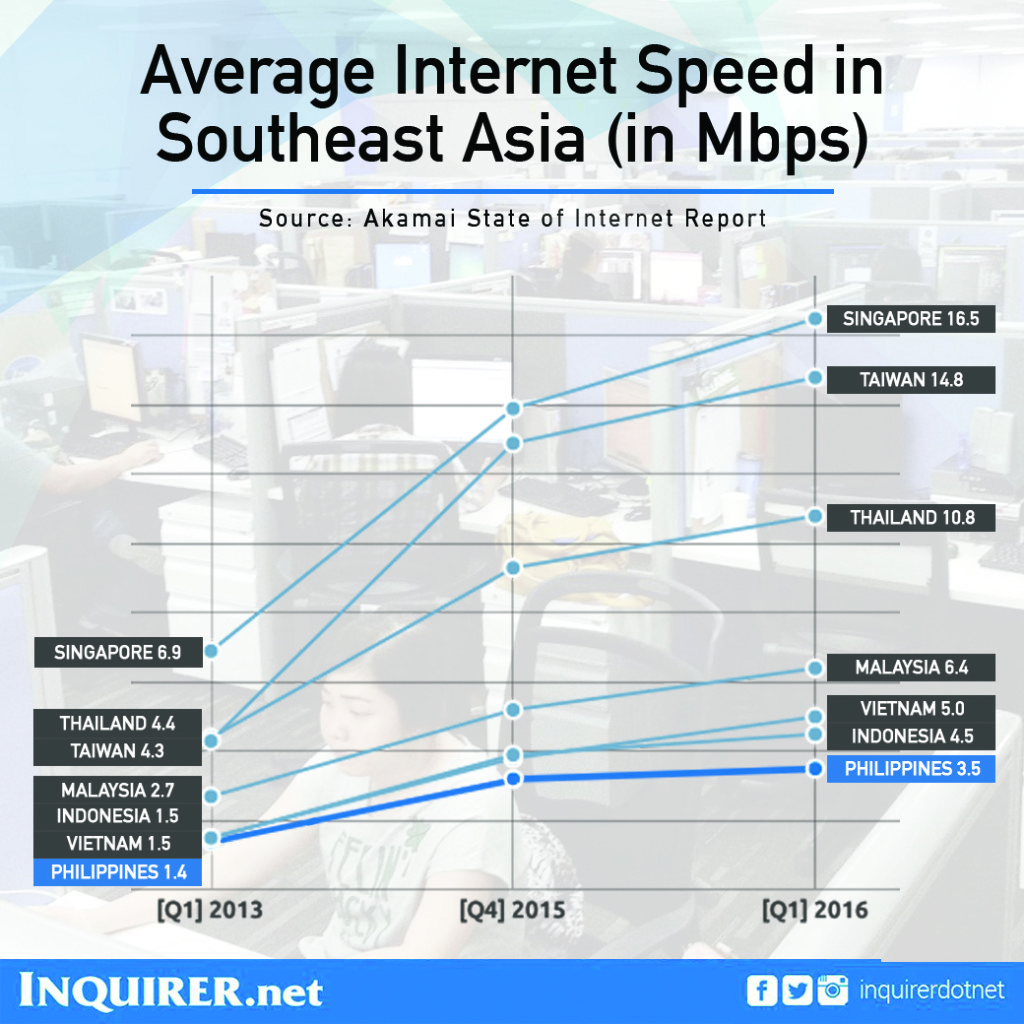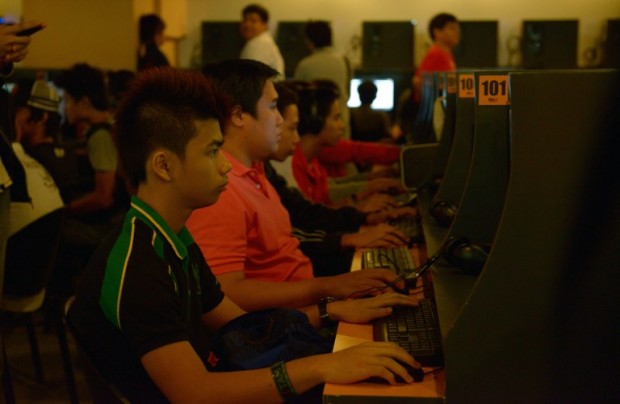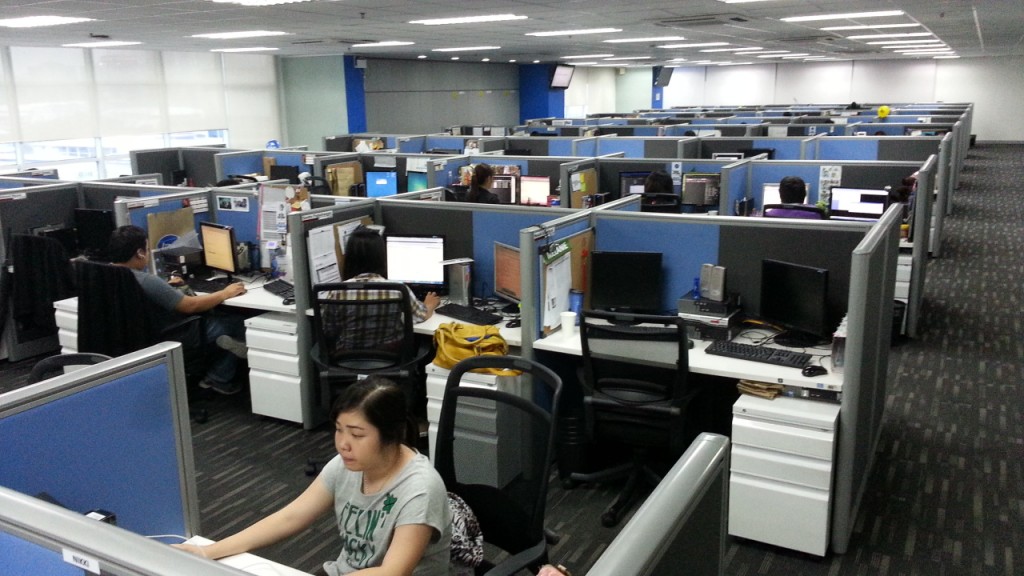PH internet growth slowest in past 2 years—report

The Philippines has consistently placed at the bottom in average internet speed rankings among surveyed Asia-Pacific countries. Infographics: MEG ADONIS/Inquirer Volunteer Corps
In the last 2 years, the country’s average internet speed improved from 2.5 megabits per second (Mbps) to 3.5 Mbps, an increase of just 1 Mbps, putting it way behind its Southeast Asian neighbors in terms of growth, according to a report.
Vietnam’s average speed improved from 2.9 Mbps to 5 Mbps over the same period. Indonesia’s speed also improved from 2.5 Mbps to 4.5 Mbps and Thailand’s average speed jumped from 6.3 Mbps to 10.8 Mbps, based on the quarterly State of the internet report released last Friday by content delivery network service provider Akamai.
BACKSTORY: Philippines has slowest internet in Southeast Asia
The country has consistently placed at the bottom in average internet speed rankings among surveyed Asian countries. Neighboring countries scored higher, such as Malaysia’s 6.4 Mbps and Indonesia’s 4.5 Mbps.
Globally, Venezuela and Paraguay have the slowest average internet speed at 1.6 Mbps. Other countries similar to the Philippines’ speed are India and Costa Rica at 3.8 Mbps and 3.5 Mbps, respectively.
Ookla, another broadband analyst, also ranked the country as having the second slowest internet speed out of 22 countries in Southeast Asia in May 2015.
Aside from slow speed, Filipinos continue to pay more for their internet access compared to other Asian neighbors with an average value of $18.19 per Mbps compared to the average global cost of $5.21 per Mbps, according to Ookla.
READ: PH internet 2nd slowest in Asia, one of the most expensive
With the establishment of the Department of Information and Communications Technology (DICT), the government aims to provide broadband connections to all public schools nationwide, establish at least one public internet cafe in each barangay and ensure the availability of broadband internet speed of at least 2 Mbps to 80 percent of households by the end of 2016.
The department was created following the objectives of the Philippine Digital Strategy (PDS) of the Information and Communications Technology Office (ICTO) and also to give the ICT sector the focus and attention it was not getting before under the Department of Transportation and Communications (DOTC).
What is DICT?
Former President Benigno Aquino III’s administration passed Republic Act No. 10844 on May 23, 2016, which split the DOTC into two entities: the Department of Transportation and the new DICT.
“Studies show that internet access can help lift people out of poverty through access to critical health, economic and education services.” – Mark Zuckerberg, Facebook founder
The DICT is responsible for developing the country’s ICT sector through planning and implementing regulations. Among the functions of this new department are to “establish a free internet service that can be accessed in government offices and public areas” and “protect the rights and welfare of consumers and business users to privacy, security and confidentiality in matters relating to ICT.”
READ: Aquino signs law creating ICT department
Under the new law, the communications function of the DOTC would be transferred to DICT and existing information and communications agencies such as the ICTO and National Computer Center (NCC) will be moved under the DICT. This should theoretically improve the efficiency of the government in dealing and drafting new policies for improving telecommunications policy.
Former Sen. Ralph Recto, who was a principal author of the law during his stint in the Senate, hoped that the DICT could help the next administration deal with inefficiencies in the telecommunications sector and “protect the interest of the electronic republic.”
“All the incoming President needs to do is hire the best man for the job,” Recto said in a statement released on May 2016.
The National Telecommunications Commission (NTC), then the office in charge of developing the country’s ICT structure, now falls under the DICT.
Philippine Digital Strategy
The five-year PDS, which was unveiled by the Department of Science and Technology (DOST) in 2011, aims to transform the Philippine society into a competitive force in the digital economy by 2016.
The PDS’ major thrusts are e-Governance, internet access for all, digital literacy and ICT sector development.
Aquino also signed the Connectivity Declaration in December 2015, which promises to give internet access to majority of Filipinos. The declaration, part of Facebook founder Mark Zuckerberg’s Connect The World campaign, gave users free access to selected news, employment and government websites.
“Studies show that internet access can help lift people out of poverty through access to critical health, economic and education services,” he said on his Facebook page.
READ: ‘I still cannot believe it,’ says Antique native in internet.org video
No ISPs up to standard
The NTC conducted random speed testing of internet service providers’ (ISPs) fixed broadband service last September 2015. The results were disappointing with none of the ISPs delivering on their advertised speeds.
READ: Our internet speed–er, slowness
In August 2015, the NTC signed Memorandum Circular No. 07-08-2015 defining the minimum broadband internet speed at 256 kbps. Prior to this, the country has no required minimum internet speed. However, NTC’s minimum speed is way below the International Telecommunication Union’s (ITU) recommended standard speed of 1.5 Mbps to 2.0 Mbps.
As for existing laws, talks on amending Public Service Act of 1936 have not progressed much since 2014. The NTC has long proposed reclassifying internet access as a basic service instead of a value added service which has been a roadblock in its regulation of telecommunication companies.
As a testament of the antiquity of 80-year-old law, telecommunication firms are fined a meager P200 for each day they fail to meet NTC’s standards.
READ: NTC, PLDT chided for ‘questionable’ internet routing setup
Private telecommunications companies
Rumors of foreign telecommunication company Telstra entering the country in 2015 raised hopes for cheaper internet and better service by competing with local ISPs. Unfortunately, San Miguel Corporation and Telstra failed to reach a business agreement on March 2016.
Telecommunication giants Globe Telecom and PLDT soon after signed a Memorandum of Agreement on June 16 on bilateral IP (internet Protocol) peering that allows them to directly connect to each other. This means that local internet traffic does not have to go through the longer international routes resulting in faster speed.
“The intention here is to keep local traffic within the country which should lower latency due to less hops and thus, should result in marked improvements in fixed broadband and mobile internet services in the country,” PLDT Executive Vice President Eric Alberto said during the signing held in Makati.
“This milestone agreement ushers in new ways of establishing partnerships within the industry in order to improve internet services throughout the country,” he added. RAM/rga
RELATED STORIES: NTC has no equipment to check telcos’ internet speed
Hackers deface NTC website over slow internet in PH

